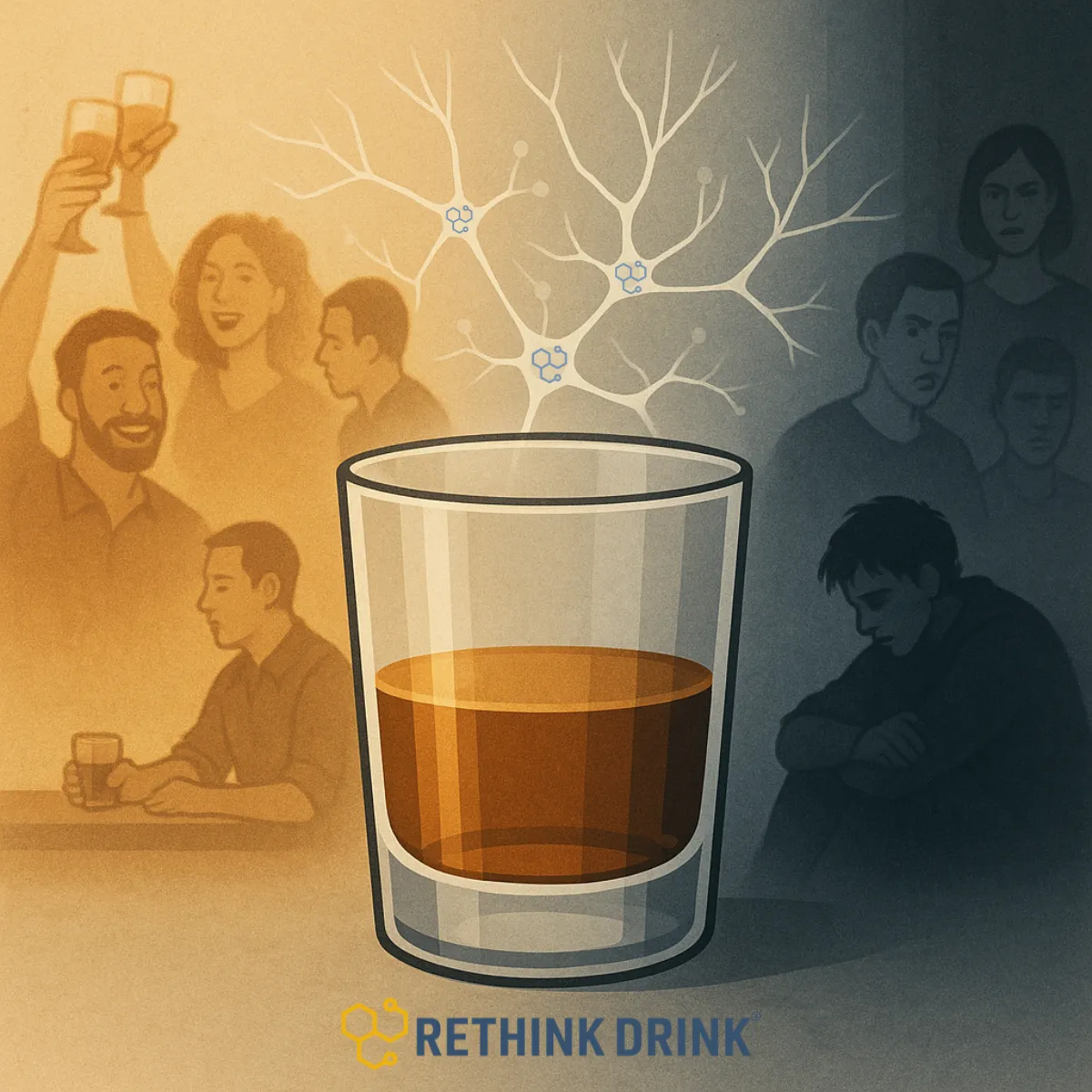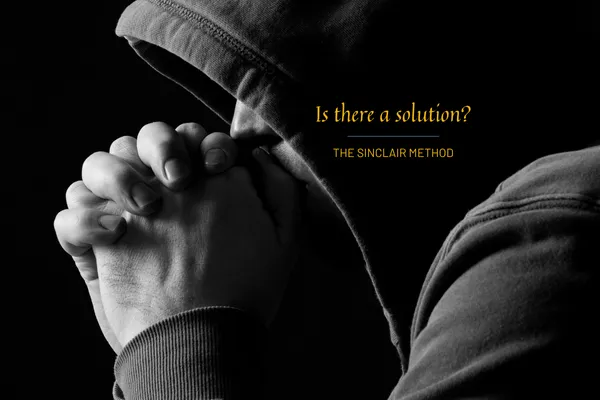Sinclair Method Studies
This article examines the scientific foundation behind TSM, drawing on nearly three decades of peer‑reviewed trials, neuroimaging research, and systematic reviews.

Society has a complicated relationship with alcohol. It’s celebrated, normalised; woven into nearly every occasion: births, business meetings, dates, parties. Yet when someone develops a problem with the same substance - reaction changes completely.

The Sinclair Method (TSM) is gaining traction as a science-backed way to change our relationship with alcohol. But a common and completely valid question we get is: how long does it take for The Sinclair Method to work?

Claudia Christian, best known for her acting roles in Babylon 5 and 9‑1‑1, is also the founder and CEO of the C Three Foundation. She is a passionate proponent of The Sinclair Method as a science-based medication-assisted approach to alcohol use disorder

Ozempic and naltrexone are very different medications, each targeting distinct areas of the brain and body. Ozempic is designed to manage type 2 diabetes and promote weight loss by reducing hunger. Naltrexone is specifically designed to reduce cravings and the rewarding effects of alcohol.

When we talk about recovery from alcohol use disorder (AUD), most people still think of abstinence — the complete and permanent cessation of drinking. It's the traditional approach taken by many rehab centres and support groups like Alcoholics Anonymous.

That’s where The Sinclair Method (TSM) shines. This innovative approach offers an alternative: gradual reduction, using the medication naltrexone to change your brain’s response to alcohol, one drink at a time.
